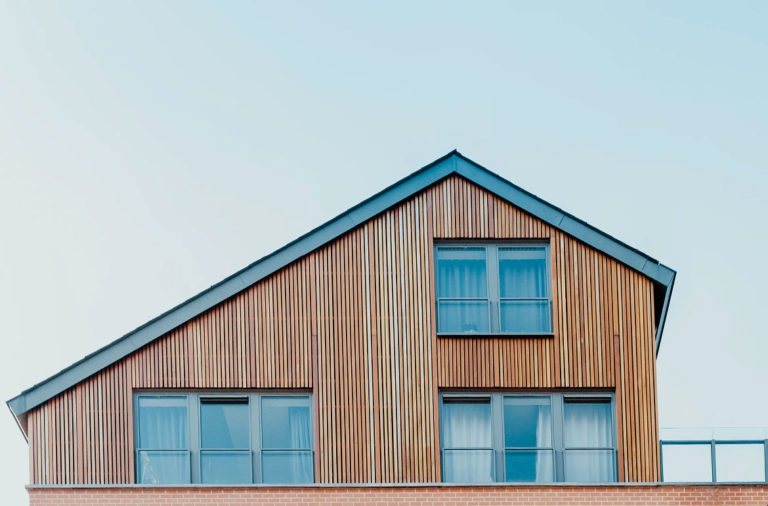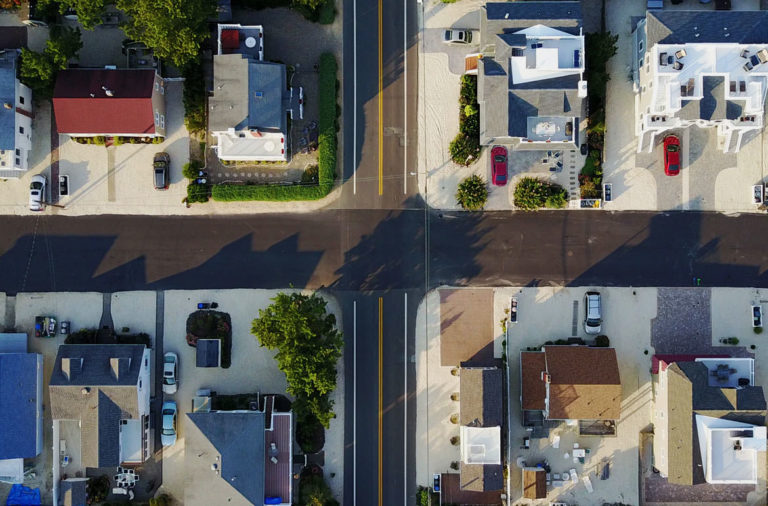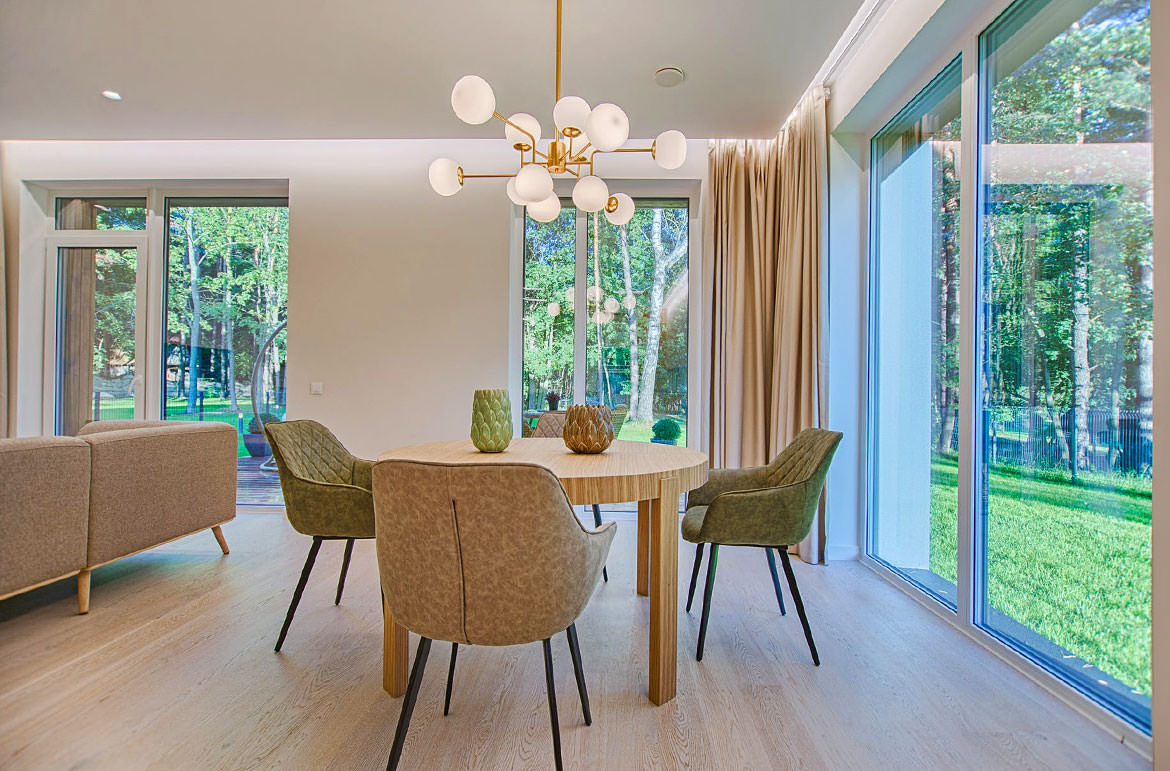
When deciding to build a granny flat, you have several decisions that you have to make. One of these is going to be the size of your granny flat. So, what is the maximum size for a granny flat?
For most areas the maximum square area for a granny flat ranges from 60 to 90 square metres. The maximum size of a granny flat that you are allowed to build is influenced highly by where you live. The regulations on the maximum size vary between states and from council-to-council, so some areas will be harsher and others more lenient.
Today I will discuss when you can build a granny flat larger than 60 square metres.
DON'T PAY A FORTUNE FOR YOUR GRANNY FLAT. Find out how to deal with council and build a granny flat for the lowest cost possible. Learn More.
I will provide a list of the sizes of granny flats for each state in Australia. I will let you know how you can legally increase your floor space.
I will cover design ideas that maximise your size, including for a 2-storey granny flat. Plus answer commonly asked questions; such as whether the overhang of a roof is included in the size of a granny flat?
Lastly, I will provide a real world example covering everything I have spoken about.
Can You Build a Granny Flat Larger than 60sqm?
Firstly, this depends on your local Council’s regulations. In some states in Australia, the maximum size you can build a granny flat is actually up to 90 square metres.
See my “List of Maximum Sizes of Granny Flats for Each State in Australia” below.
It is also worthwhile making a call to your local Council to see what their regulations are on the maximum size. In addition, it is possible to attach all sorts of different structures to your granny flat to make it larger than 60 square metres.
So, you don’t have to feel restricted by the 60 square metre rule.
You can, to all intents and purposes, legally increase the size of your secondary dwelling to as much as 100 square metres or more.
Read on for “How to Increase Floorspace Legally” and “Design Ideas to Maximise the Size of a Granny Flat“.
This will help you gain knowledge on how to do so.
When is it Possible to Build a Granny Flat Larger Than This?
The maximum size of the granny flat that you are allowed to build depends a lot upon where you live. Within your state, the square metre allowance can be very much alike, but your local Council will have regulations that will be different than others.
Some Councils have regulations that may be stricter, whilst others may be more tolerant. For example, you will often find that in remote areas the square metre allowance is greater than in urban areas.
So, now I have you wondering what size granny flat you can build in your specific area, and whether you can bend the rules.
The best thing you can do is to walk directly up to the office of your local Council and ask them. If you really want a two-bedroom granny flat but your local Council regulations are restricting you, be sure you approach them.
There are exceptions to the rules, and there is not much worse than limiting your plans if you don’t have to.
List of Maximum Sizes of Granny Flats for Each State in Australia
Every state (and territory) in Australia has different regulations on the maximum size a granny flat can be built. See below for a list. Please note these do differ from council-to-council so I suggest you contact yours for your regulations.
Queensland (QLD)
Your granny flat can be a maximum of 80 square metres in size.
An example of how the regulations change between councils are that, in Brisbane, you can build a granny flat;
- Up to 70 square metres but with no more than two bedrooms.
Again, if you would like to go above the floorspace that is considered a complying development, remember;
- You can always try speaking directly with your local Council
Victoria (VIC)
The maximum size in Victoria is 60 square metres.
Most Councils in Victoria specify that the granny flat must instead be a Dependant Persons Unit (DPU) that is actually movable. Though, Victoria has similar rules to Queensland, which vary in both size and regulations depending on the area you live in.
So, it is worth speaking to your local Council first to find out the exact regulations specific to your area.
New South Wales (NSW)
In NSW, the maximum secondary dwelling size is 60 square metres. However, it is possible to build a granny flat with a floor space that is larger than this.
For this you will need to submit a full Development Application (DA). As opposed to the common Complying Development Certificate (CDC)
Up to 100 square metres could be an option if;
- Your block of land is big enough.
- Your local Council is feeling indulgent!
- However at a larger size such as this it will be difficult to class it as a “secondary dwelling” or Granny flat.
South Australia (SA)
The maximum size is:
- 60 square metres
OR
- Under 70% total coverage when combined with the primary dwelling (whichever is less).
South Australia also has a regulation that there must be sufficient outdoor space for all tenants;
- This must be a minimum of 100 square metres (for sharing).
Tasmania (TAS)
Tasmania has a regulation that the granny flat must be;
- 60 square metres
OR
- No more than 30% of the total area of the principle dwelling (whichever is less).
Western Australia (WA)
Western Australia has a maximum floor area of 70 square metres. Although this may differ across local Councils, with the allowance likely to be more flexible in rural areas.
Northern Territory (NT)
If you are in the Northern Territory the maximum size for a granny flat is smaller than any other state. In urban areas such as the city of Darwin, the floorspace is limited to only 50 square metres.
However, if you are living in a more rural area, your local Council may allow up to 80 square metres.
Australian Capital Territory (ACT)
If you are in the Australia Capital Territory you have the largest maximum size for a granny flat than any other state.
Your floorspace is allowed to be a whole 90 square metres.
How to Increase Floorspace Legally
There is an easy way to legally increase the floorspace of your granny flat.
You can add an external:
- Porch
- Deck
- Patio
- Alfresco area
- Verandah
- Awning
These items do not count as part of your maximum living area allowed so take nothing away from your internal floorspace.
An additional benefit is that they will give your secondary dwelling a more homely feeling.
The below picture is a granny flat with a front patio and a great big 30 square metre verandah.
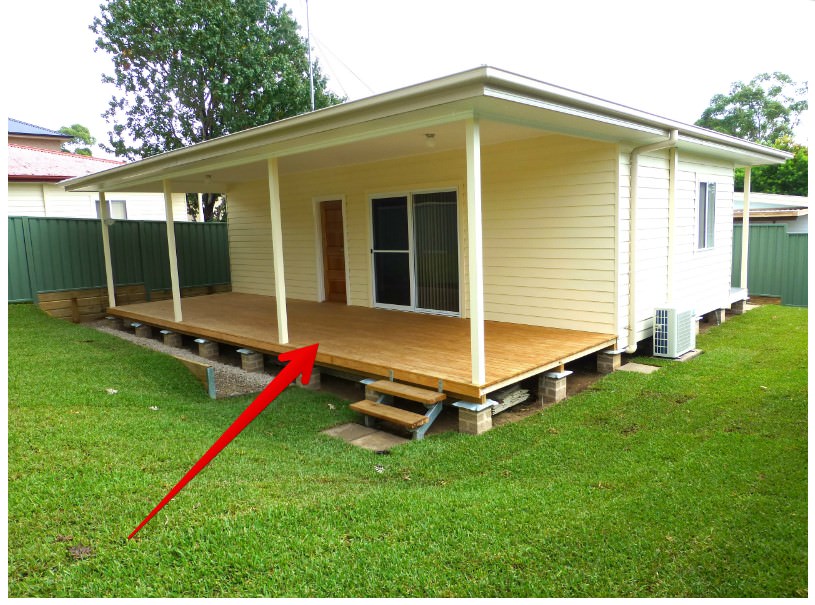
Source: Granny Flat approvals
These simple additions took the granny flat to a total of 91.5 square metres.
Design Ideas to Maximise the Size of a Granny Flat
An important design idea to maximise the size of your granny flat is to give careful consideration to the building materials you use.
In 2009, the NSW Government released a new State Environmental Planning Policy (SEPP).
This states that not only can the floor area of a granny flat not be larger than 60 square metres, it also declared;
- The floor area is calculated from the outer walls, rather than internally.
This means that the thicker building material you use can impact the amount of usable floor area you have. For example, a granny flat with a brick veneer has a thicker external frame than one built from timber and cladding.
As the floor area is measured from the outer wall, you could lose up to 5 square metres of floorspace because of the veneer you choose.
That is the size of a typical bathroom lost. So, it is important that you give thought to the materials that you are going to use to maximise your internal floorspace.
However, as mentioned, you don’t need to feel limited by the maximum square metre rule applied by your local Council.
You can easily, and legally, attach the below additions to your granny flat to extend it;
- A garage or carport
These are not classified as “habitable space”, so you can also attach either without losing any living area.
To find out how this is done, see my article Granny Flats with Garages – Top 10 Designs to Consider.
- Sheds
As these too are a “non-habitable” space, you can attach a shed to your granny flat and not lose any space.
- Roof cavities
A roof cavity is a space so often under-used, as there are so many innovative ways to use this area.
It can be used for storage, and all it requires is a drop-down ladder, so it doesn’t take up any valuable floor space.
For further suggestions please see my articles:
What is Included in the Floorspace of a Granny Flat
In your maximum allowed space for a granny flat, this floorspace includes all internal areas, including;
- Bedrooms
- Kitchen/kitchenette
- Dining and living areas
- Bathrooms
- Laundry
What is Excluded in the Floorspace of a Granny Flat
In addition to your maximum space, you may have external area, such as:
- Deck areas, porches, patios, an alfresco, veranda’s and awnings
- Garages or carports
- Sheds
2-Storey Granny Flats – What Can Be Done to Increase Their Size
Something that is little-known is that a granny flat can actually be built two-storeys high. This makes the most of your available land.
I will now discuss how you make the best use of your available space in a two-storey granny flat.
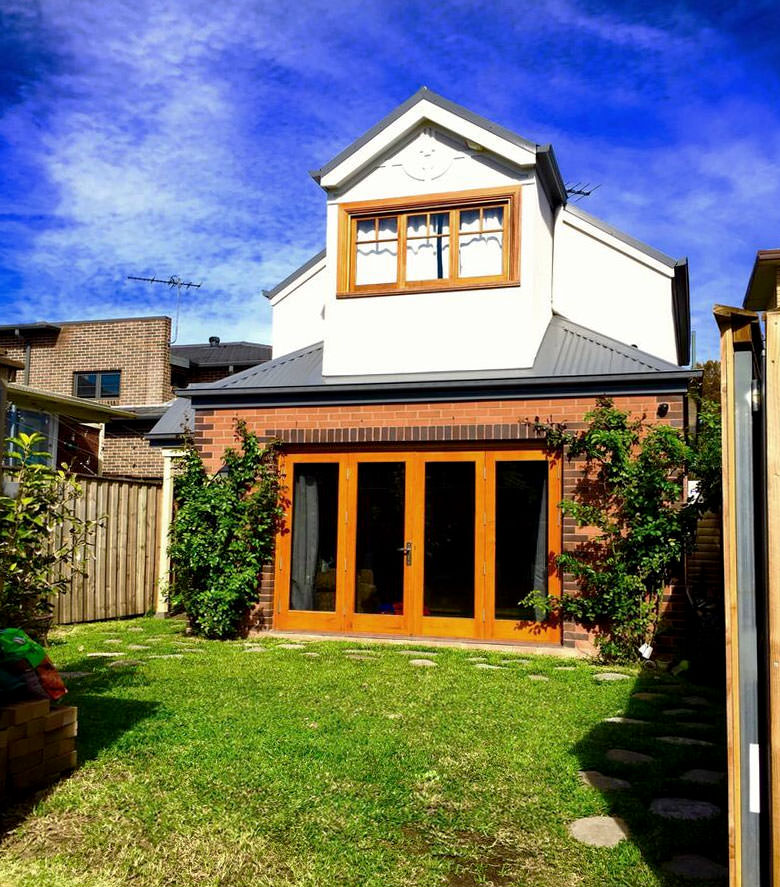
Source: AirBnb
They still have the same maximum size restrictions as single storey granny flats, but there are many options available for you to use.
You can legally increase the floor space of your granny flat by adding a balcony upstairs. Similar to a porch or patio or the like downstairs, these do not count as part of your living area so take no room from your floor space.
Another benefit of a balcony is that it makes a great balance between the indoor and outdoor living areas.
Other inclusions are;
- An internal staircase
Designed properly, this can maximise space and you will even be able to use the space underneath for storage. Which is exactly what the owners of the granny flat above did.
A good design for a two-storey granny flat could have on the first floor, both a double garage and a deck. As neither of these are classified as habitable space.
This means all other inclusions can be upstairs in your maximum allowed living area of 60 square metres or more:
- Two, three or even four bedrooms
- A full kitchen
- An open plan living area
- Bathrooms
- Laundry
Again, refer to my article Granny Flats with Garage – Top 10 Designs to Consider for examples of these designs.
Another option is to have your double garage on the ground floor, connected to your entry. There will also be a patio out the front for added aesthetic appeal.
As you step inside, you can immediately be greeted by a Study, which is ideally located at the front of the granny flat. A cleverly thought-out bathroom will be situated just around the corner, making this ideal for visitors.
Then, you’ll make your way down the entryway, which to the left are stairs ascending to the next level. The rear of the home has a spacious, open plan living area, which features the combined lounge and dining area and kitchen.
This then goes beyond to an outdoor alfresco area, perfectly placed to let natural light into the granny flat. As you make your way up the staircase, you will find yourself in a retreat big enough to house a small family.
The back of the seconds-storey is set up for the children, with another ideally positioned Study for free time or homework duties. This area is easily accessible from all three of the children’s bedrooms.
The front of the second storey has been carefully designed for the parents. The Master Suite has a Walk-In Robe, and an en-suite perfect for their much-needed relaxation.
The Master Suite bedroom opens onto a balcony. This means the parents never have to leave their room to check on the weather or worry about their children falling from the second-storey.
Is the Overhang of a Roof Included in the Size of a Granny Flat?
As is the way with awnings, the overhang of a roof is not included in the size of a granny flat. What they may have an impact on instead is your front street setbacks, side setbacks and rear setbacks.
However, the Single Dwelling Housing Development Code provides exceptions for encroachments that are often done.
Please see an example for the ACT regarding these exemptions
This includes roof overhangs with a horizontal width under 600mm, so keep them under this size and they will not affect the design of your granny flat whatsoever.
One Single Large Granny Flat Example Showing All of This
The below design has everything we have discussed to maximise the use of space, except for a shed. However, this can easily be added on later or you can use one that’s already in your backyard.
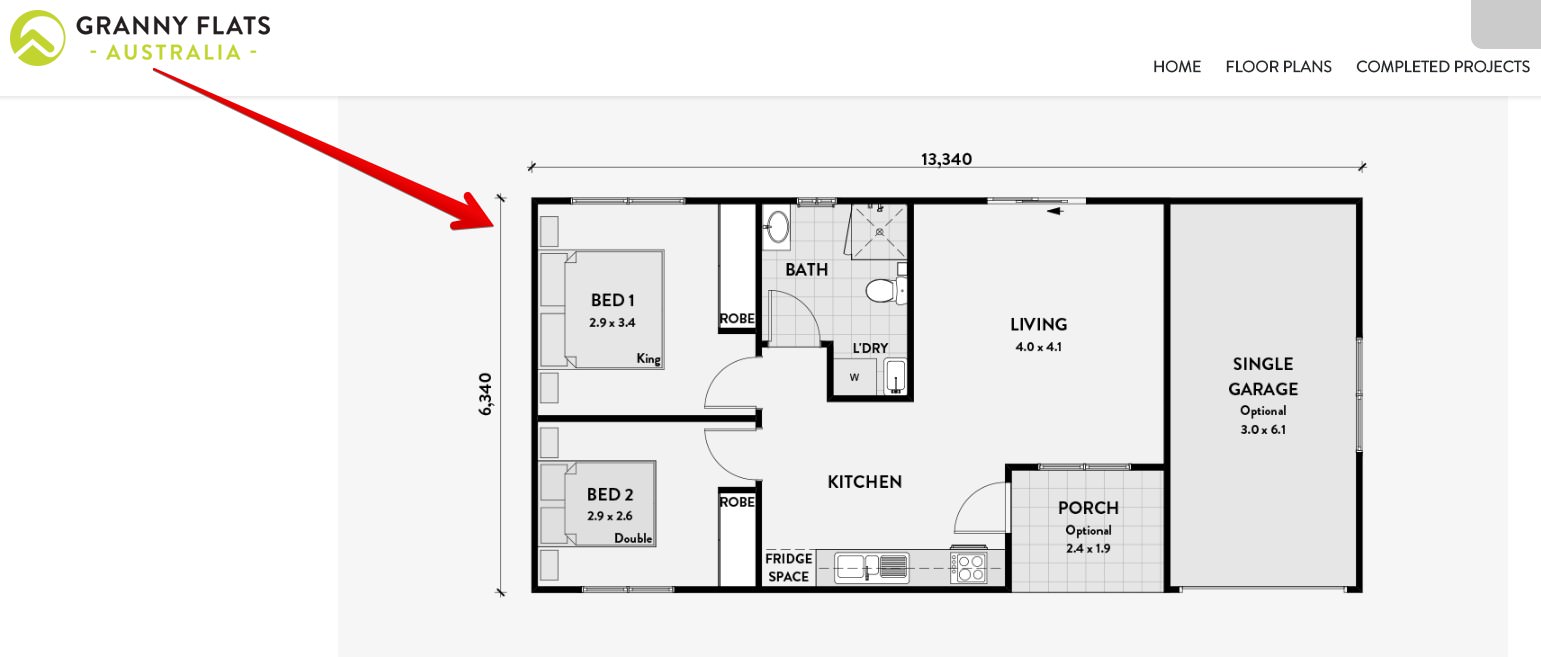
Source: Granny Flats Australia – Banksia
As you can see above, the plans show the addition of a porch, which could also be extended out (if you had the space outdoors). It also shows the addition of a Single Car garage along the exact width of the dwelling.
Conclusion
The size of your granny flat is going to be one of the most important choice that you make. Yet, the maximum size of a granny flat that you are allowed to build depends a lot upon where you live.
The regulations on your allowed maximum size vary between states and from council-to-council. Some areas will be stricter and others more flexible, and in general, rural areas tend to be more lenient than urban areas.
Though, generally, for most areas the maximum square area allowance for a granny flat ranges from 60 to 90 square metres. But you do not have to feel restricted by this rule.
Make sure you walk directly up to the office of your local Council and ask them. As, there are exceptions to the rules, depending on how generous they are feeling.
So, plan your granny flat to be as big as you want and or need it to be. Then, make sure you get it approved or adjust it to fit your Councils’ requirements.
Also, there are many things you can add to your granny flat that do not take away from your allowed floorspace.
This includes:
- External areas such as porches, decks, patios, alfresco areas, verandahs or awnings
- Garages or carports
- Sheds
- Roof cavities
Remember to give careful consideration the building materials you use. These are an important design idea to maximise the size of your granny flat floorspace.
Your floor area is measured from your outer walls, rather than internally. Therefore, the thicker building material you use can impact the usable floor area you have available.
Also, consider building a two-storey granny flat as they can add substantially more floorspace when designed properly. After all, when it comes to a granny flat, one size does not fit all.





